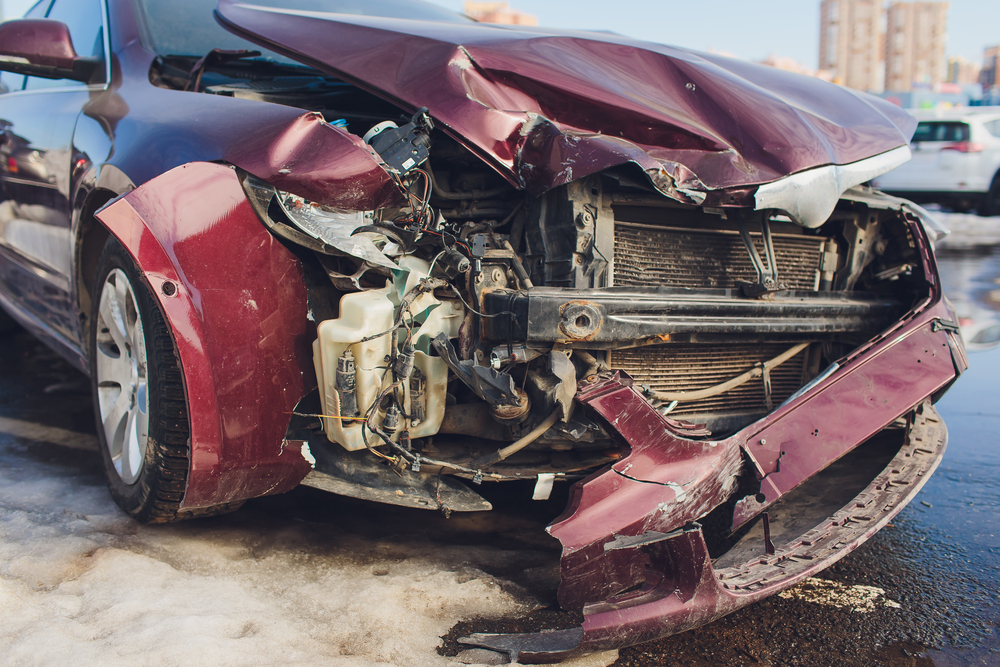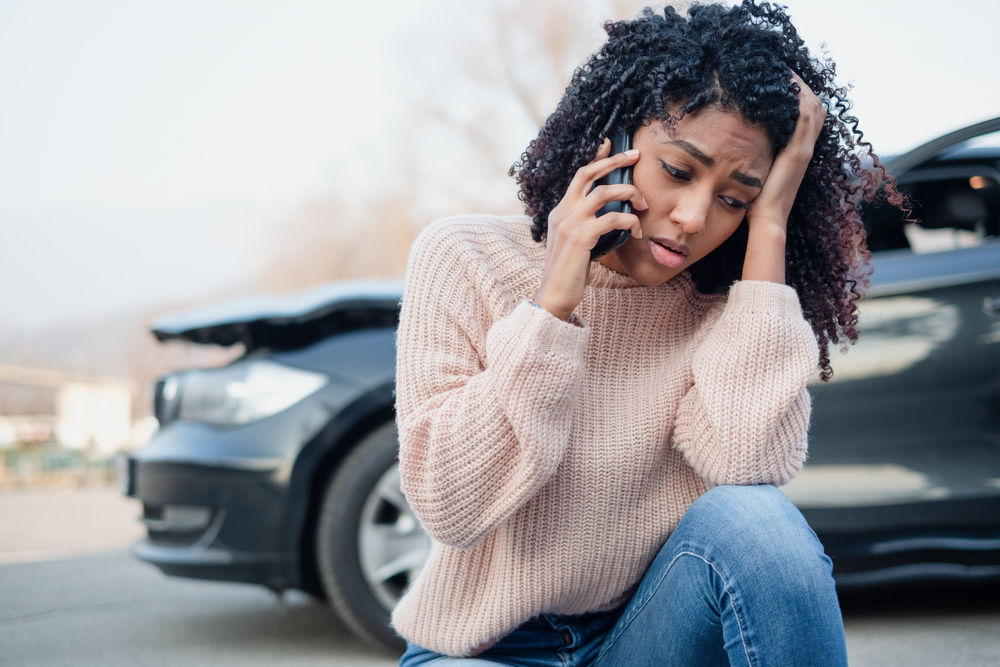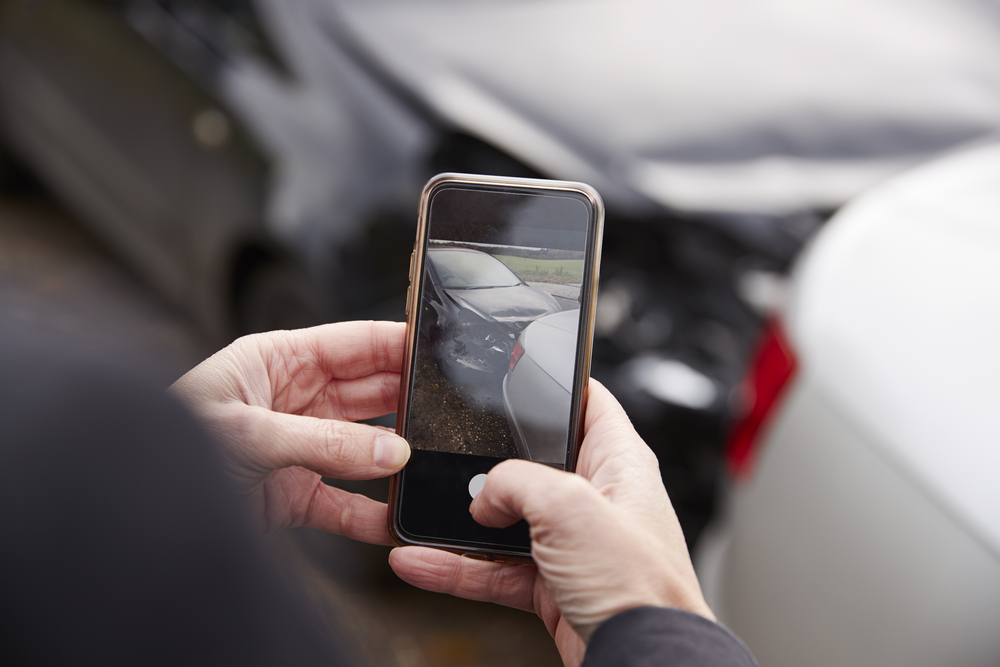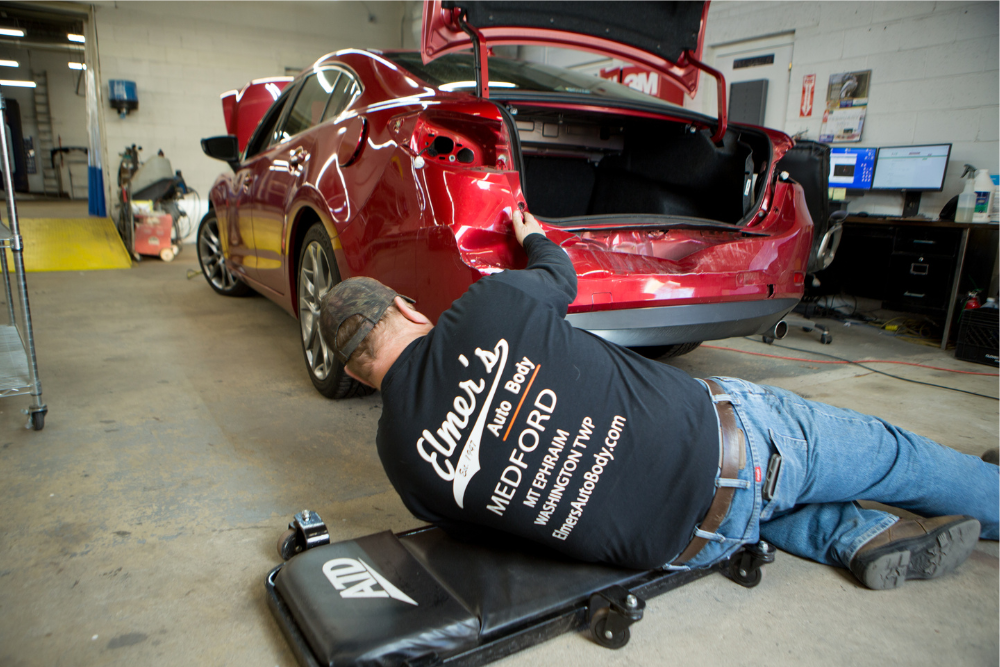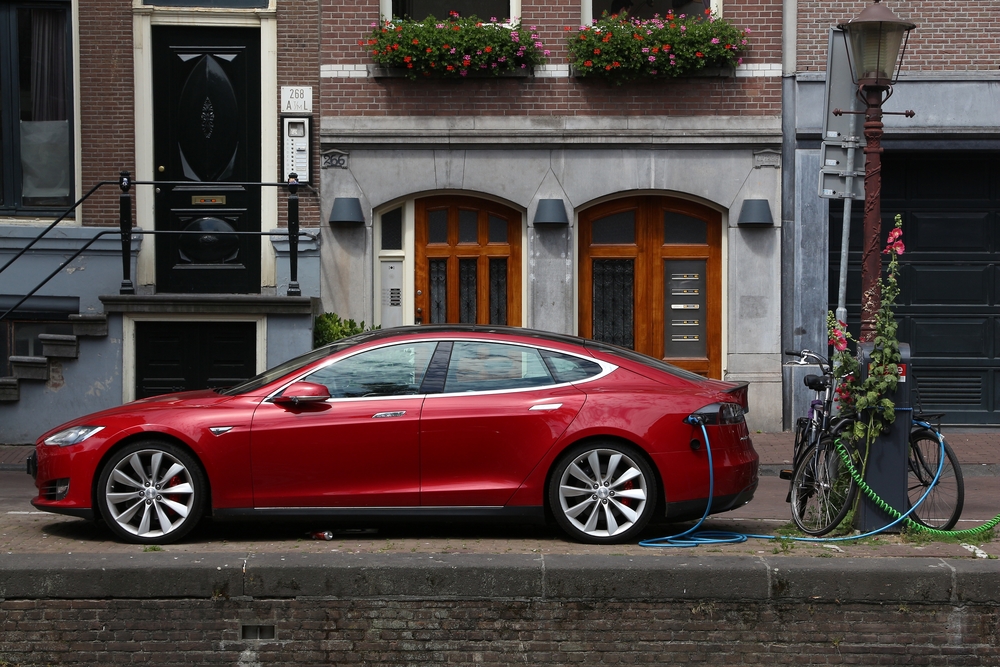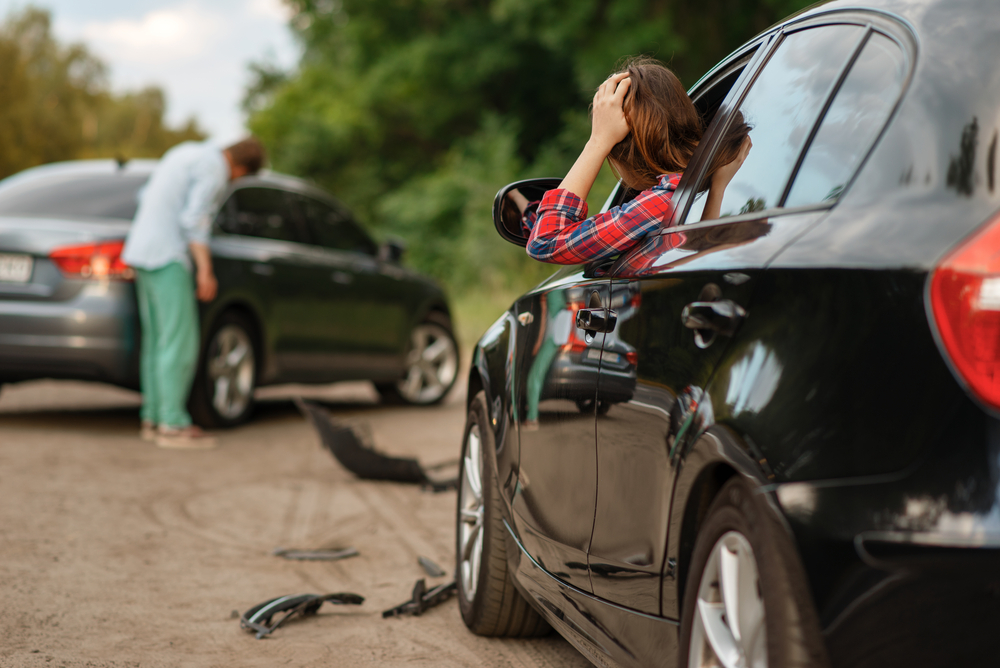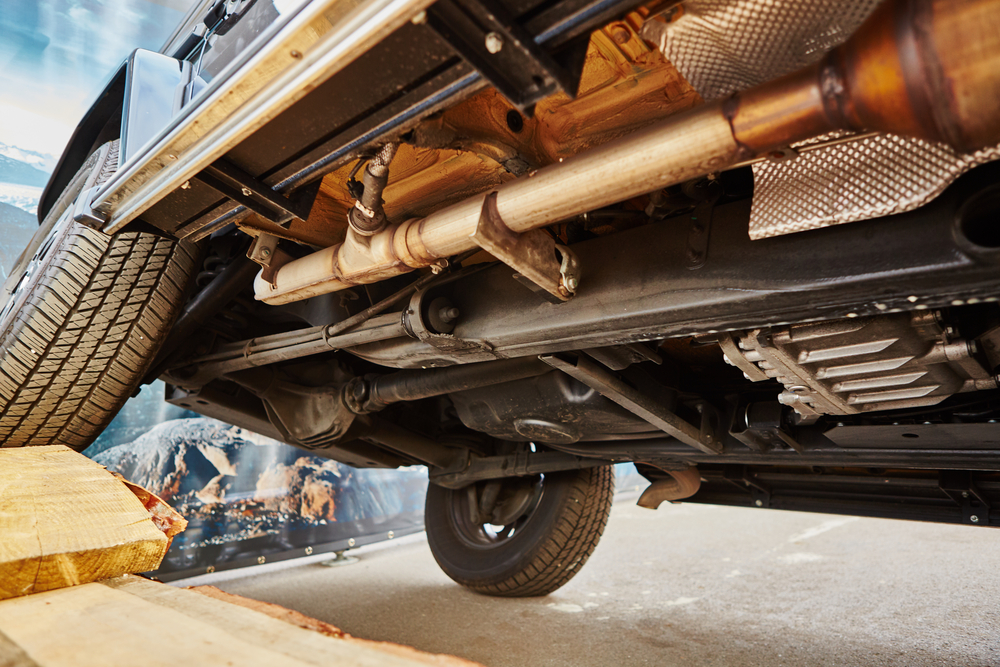Introduction
A front-end collision is just about the worst type of automobile accident, at least in terms of the risk to the people involved. These kinds of crashes are much more likely to result in serious injuries and fatalities, especially if one or both vehicles were traveling at a high speed. However, assuming that you are not seriously injured in an accident like this, your next priority will likely be to assess the damage done to your vehicle. So, what gets damaged in a front-end collision?
The Bumper
For the sake of simplicity, let’s start at the front of the car and work our way backwards. When you are hit from the front, your bumper will generally take the first and worst of the initial impact. Thankfully, bumpers are made to withstand impact damage, but only to a certain degree. In a serious collision, the bumper will certainly be bent and may even be snapped in two.
It should be noted that many newer vehicles have a “hidden” bumper. This means that you cannot directly see the bumper, as it is covered by the panels of the vehicle’s exterior body. However, these panels are just thin plastic, so don’t expect them to survive a collision. Even if your bumper survives the damage, the outer panels probably won’t.
The Front Grille, Headlights, Fan, And Radiator
Again, assuming that you are hit directly from the front, the other vehicle will most likely damage your front grille. It may also damage the front end of your vehicle’s body, depending on the exact angle of impact. Most serious collisions will also result in damage to one or both of your headlights.
So, whenever there is serious damage to the front grill, you need to think about the parts that are just behind that grill. This is usually be the radiator and the fan attached to it. They are two parts, but they work together, so one is right behind the other.
Most front-end collisions will cause damage to your vehicle’s radiator, simply because it’s located front-and-center. In some cases, the fan and radiator can even be crushed together so badly that they become one single piece. This isn’t as crazy as it sounds, because radiators are made of relatively soft aluminum, and radiator fans are made of thin steel or plastic.
Windshield And Hood Damage
Of course, the windshield and hood are also likely to be damaged in a front-end collision. A strong impact can easily send parts and debris flying, so windshields are frequent casualties. When you are involved in a front end car accident, car hoods don’t usually escape without damage either.
The Frame Of The Vehicle
Now we’re getting into serious damage territory. When your vehicle has suffered frame damage, it will often be impossible to fully repair the damage. However, if the frame is only slightly bent, it can probably be repaired. A skilled auto body technician can safely bend the offending piece back into shape and reinforce the spot for extra protection. If the frame of the vehicle is actually broken, or if it has been bent more than 45 degrees (that’s a diagonal angle, in case you’re wondering), the vehicle will be considered totaled.
No matter how much you like a particular vehicle, it isn’t worth the risk of driving around with a damaged frame. Such damage can throw your whole alignment out of whack, making it difficult to drive on a straight trajectory. Obviously, that can easily cause an accident. And, if it does cause an accident, your weakened frame will not give you the same protection that you had before. For these reasons, serious frame damage means that the car is done.
Engine And Transmission Damage
This kind of damage is almost as serious as frame damage. However, the difference here is the fact that an engine can be replaced. You can’t really replace a vehicle’s frame because it’s the most basic part of the vehicle. It is generally quite expensive to have your engine replaced, both in terms of parts and labor, but at least you have the option. A transmission (if ruined) is even more expensive to replace, but the vehicle cannot function without one, so there isn’t much choice if you want to save the car.
As we said earlier, there are times when the impact of a front-end collision will crush all the front-and-center parts together. This will include the fan and radiator, and most vehicles have parts in front of the engine such as alternators, starters, fuel pumps, and several belts to make everything run together.
If the impact is severe enough, all these forward parts can be shoved back into the engine itself. Since the engine will most likely be running when that happens, you can just imagine the damage that will occur. Now, understand that the transmission is connected to the engine, and you can figure out the rest.
The good news is that most minor collisions don’t require an engine replacement. Your engine is (usually) located in the front end of a vehicle, but it usually isn’t right in the front, so there are quite a few parts that can absorb the impact before it reaches your engine. It takes a pretty serious impact to permanently ruin your engine and/or transmission.
Conclusion
These are just some of the most common types of damage that you might see after a front-end collision. To find out the full extent of the damage, you will need to have the vehicle assessed by a qualified and certified body shop. But, you might be asking, “Where can I find the best auto body shop near me?” The answer is Elmer’s Auto Body. Whether you need front end collision repair or any other sort of bodywork, we take pride in giving every customer the care they deserve. To find out more, call Elmer’s Auto Body at (856) 218-0202.

